At the recent Fleet200 Strategy Network meeting, Stephen Briers, group editor of Fleet News, discussed road infrastructure priorities and investment, how connected vehicles will ‘talk’ to the road network and the potential for overhead charging of electric trucks with Malcolm Wilkinson, head of CAV & Energy at National Highways.
Stephen Briers: The Road Investment Strategy 3 (RIS3) sets out the spending and priorities for the road network from 2025 to 2030 and is due to be published soon. Can we get an update on where you are with agreeing those priorities?
Malcolm Wilkinson: Every five years the RIS sets out what we’re expected to do and importantly sets out what we’re expected to do and the amount of money we’ve got to do it.
Obviously the world doesn’t stand still so things evolve over the course of that period, but RIS sets out the baseline for us.
We expected by this stage to have the draft agreement, but we are still waiting for this to be published.
However, the agreement is the combination of a long process of discussion and reporting and assessing priorities so we’ve got a fairly good idea of what’s going to be in it.
Maintenance will obviously play a major part. We’ve all heard stories about potholes while there is an awful lot of bridges that need attention or TLC. A lot of them were built in the 1970s in the heyday of motorway expansion and they need to be prepared.
Other likely priorities should be a focus on carbon and safety performance.
Stephen Briers: How are you working to improve road safety?
Malcolm Wilkinson: There has been a recognition that, actually, we are all in this together: we are all part of the problem but we’re also part of the solution.
We have a safe system approach now where we look at not just safe roads but safe vehicles, safe speeds and also the safety response.
We are working with various stakeholders to make sure that we achieve our aim of zero harm – nobody killed or seriously injured – on the strategic road network by 2040.
It’s really about there being a lot more emphasis on working with stakeholders instead of trying to solve problems on our own.
Stephen Briers: There is a lot of talk about connected cars and vehicle-to-infrastructure. What does that mean to the strategic road network?
Malcolm Wilkinson: We are looking at how we connect to our customers in a more intelligent way. We are looking at how we can provide information to our customers, not just through our own website and applications, but actually using the Googles and the Waze and other platforms that drivers like to use and are more comfortable with.
We launched our first service for road and lane closures in late March, working closely with Google and Waze to provide information and connectivity.
The whole basis is that by providing timely and accurate information, our customers know what is going on and have a bit more control on their journey.
We know that when people get anxious, they start acting perhaps not as rationally as they might otherwise, so maintaining a sense of calmness in the driving environment is important.
Stephen Briers: What needs to be done to prepare the strategic road network for autonomous vehicles?
Malcolm Wilkinson: The Automated Vehicles Act received Royal Assent at the end of May and, although it is not opening the floodgates, it is enabling legislation and allowing the next steps to happen.
We’ve been working closely with the Government to work out what our role is and the basic premise is automated vehicles will take the network as it finds it, much like the public.
If you’re a competent driver, you work with what’s around you and you drive appropriately to the conditions and that’s what we are expected automated vehicle manufacturers to do.
We are reviewing our design standards and working with the system developers to see if there is anything that fundamentally needs to change, or anything else that we can do.
The one area where we’re thinking hard is roadworks and how an autonomous vehicle will negotiate them.
Sometimes they are quite complex with an awful lot of signing, so how will an autonomous vehicle cope with inconsistent lining because sometimes studs get displaced, or cones get moved?
Our fear is that if they go into safe mode, if they decide they don’t know what to do, they just stop and that wouldn’t necessarily be terribly convenient if there are roadworks.
We need to work out if we need to do something to improve how we manage or sign roadworks.
Stephen Briers: There have been trials of charging electric trucks and HGVs through overhead catenaries on major roads. Are there any further developments with this?
Malcolm Wilkinson: The concept of having conductors put energy into a vehicle while it is moving is a fantastic engineering solution because it’s very efficient and it means you are not carrying four tonnes of battery around.
Making that a reality is a challenge. We some work with Innovate UK on an Electric Road System feasibility study (this considered a 20km stretch of road near Scunthorpe for a possible trial of electric road systems, which supply battery electric trucks with electricity from overhead catenaries via a pantograph enabling HGVs to charge dynamically).
We discussed our concerns but there were suggested solutions, and then there are some basic problems with overhead wires and how we get them underneath the bridges.
One of the people was saying ‘well, lift the bridges’, but with the cost and time of lifting bridges it’s not going to happen.
One of the issues we have is double-height HGVs in the UK, which makes the gap to the bridge very small. The other thing is our bridges get hit all the time as height is an issue for us, so anything running over the carriageway is going to be a problem.
Another thing with the electric road systems is you have to have a vehicle dedicated to using that type of technology so they can use those routes.
People who use lorries and trucks use them for all manner of different functions, depending on contracts, day of the week, customer needs etc, so having a vehicle to go from London to Manchester every day may not be what businesses need, so it’s about working out what they want.
These systems would need an awful lot of investment for a viable network to be put in. What nobody wants, given it is taxpayers’ money, is to build some sort of white elephant.



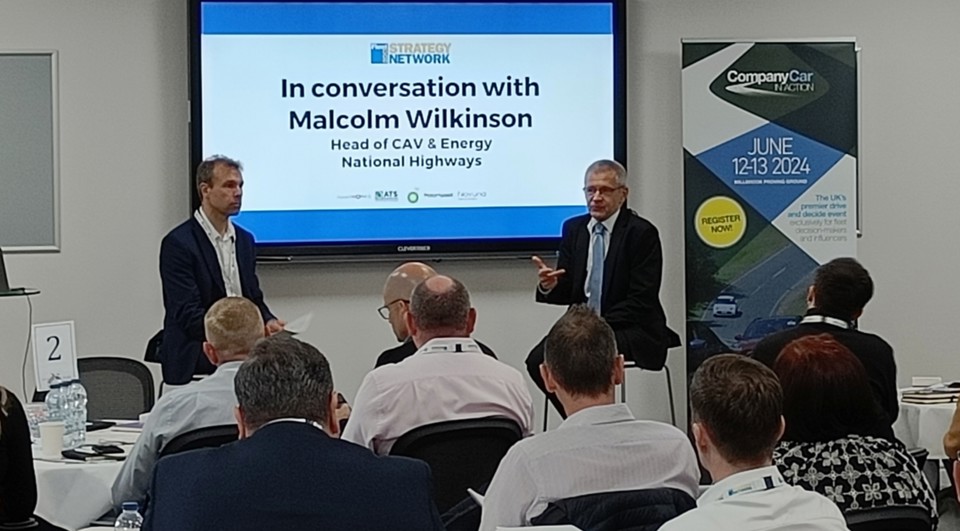
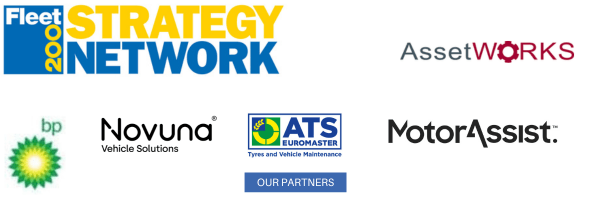



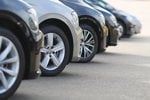







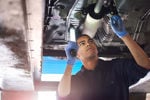
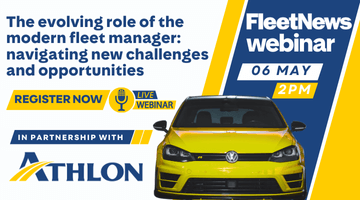

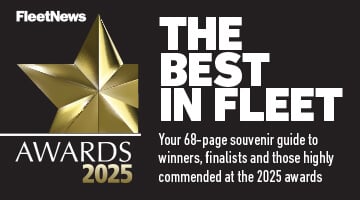

Login to comment
Comments
No comments have been made yet.